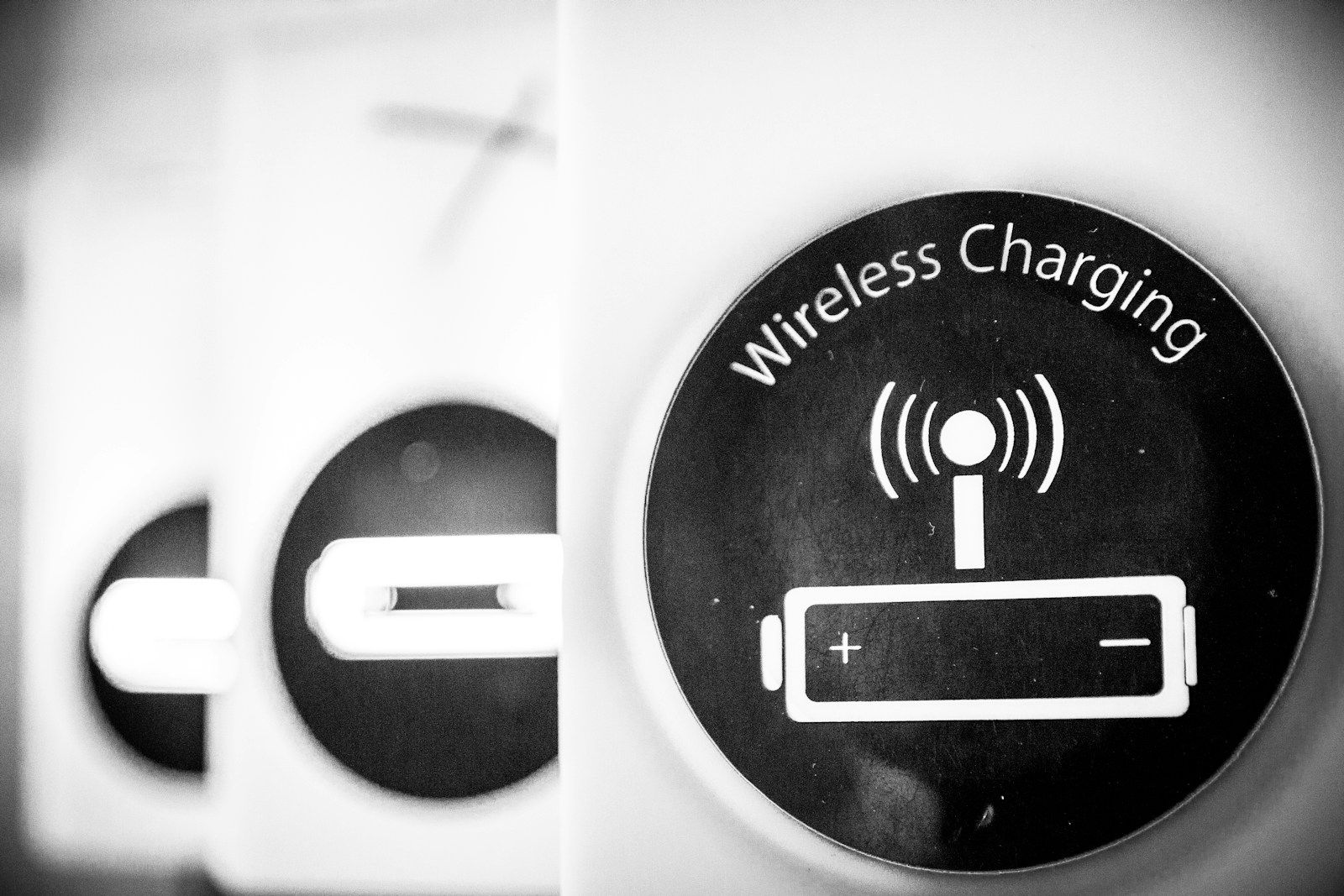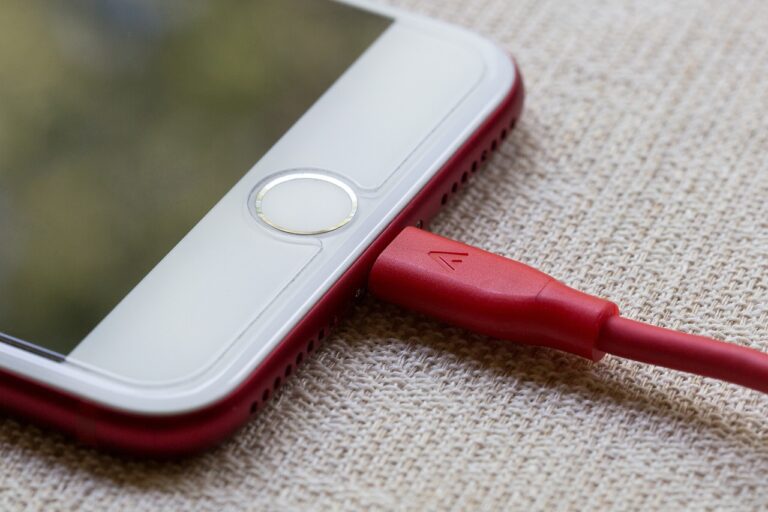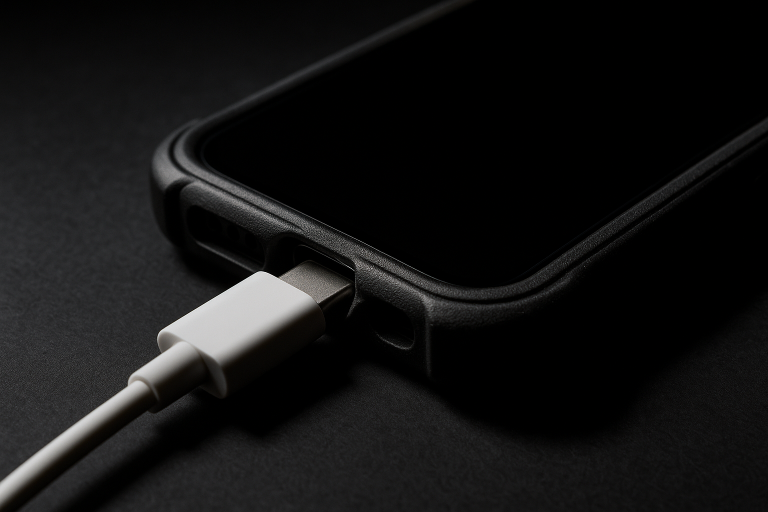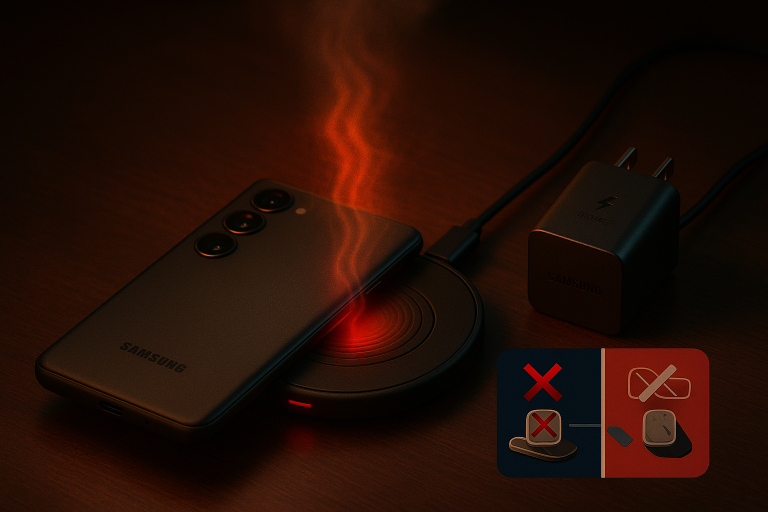South Korea develops smarter wireless charging for faster, more efficient power transfer
Researchers at Incheon National University have announced a major advancement in wireless power transfer, introducing a new resonant tuning rectifier (RTR) that promises to significantly improve charging efficiency. This breakthrough could have far-reaching implications for everything from smartphones to electric vehicles.
A Persistent Challenge in Wireless Charging
Wireless power transfer (WPT) systems work by using resonant circuits to create an electromagnetic field that enables energy transfer between a transmitter and a receiver without physical connections. However, one of the longstanding challenges in this field has been the mismatch between the resonant frequency of these circuits and the frequency adjustments needed to minimize electromagnetic interference.
To reduce interference with nearby electronics, wireless systems modulate their operating frequencies. Unfortunately, these adjustments often lead to a mismatch between the ideal resonant frequency and the actual operating frequency. This mismatch degrades the power output and overall efficiency of the system. Traditional solutions have involved adding extra hardware or complex control circuits, which not only drive up costs but also add bulk and energy loss.
The Innovative Solution: Resonant Tuning Rectifier
Addressing these issues, Professor Dukju Ahn and his team have developed an innovative RTR that automatically compensates for these frequency mismatches. Unlike previous approaches that require extra components, the RTR employs a minimalist design that synchronizes directly with the system’s primary current. Here’s how it works:
- Dynamic Frequency Adaptation: The RTR continuously monitors the system’s current and adjusts its effective capacitance to keep the resonant frequency aligned with the modulated frequency.
- Simple Sensor Coil: Instead of relying on complex feedback loops or direct communication between the transmitter and receiver, a simple sensor coil is used to extract phase information. This design choice not only simplifies the system but also reduces potential points of failure.
According to Professor Ahn, “Our RTR does not require additional circuitry or power-hungry components, making it a practical solution for real-world applications.” This simplicity is one of the key factors that could enable widespread adoption of the technology.
Demonstrated Success in Automotive Charging
In practical tests, the team implemented the RTR in a 2.2 kW prototype system designed for automotive charging. The results were promising:
- Rapid Response: The RTR was able to compensate for frequency modulations within a range of 80 to 90 kHz in just 70 milliseconds.
- Efficiency Boost: Even when the system experienced misalignment—a common issue in wireless power transfer—the RTR maintained a stable power output, resulting in an efficiency improvement from 3.5% to 8.1%.
This rapid adaptation is crucial in environments where the wireless charging setup might not always be perfectly aligned, ensuring that devices receive consistent and reliable power.
Broader Implications and Future Applications
The benefits of the RTR extend beyond just improved charging for electronic devices and electric vehicles. The principles behind this technology have potential applications in several other areas:
- Induction Heating: Maintaining a consistent resonant frequency is critical for efficient energy transfer in induction heating systems used in industrial applications.
- Plasma Generation: Stable power delivery is essential for processes that require precise control of electromagnetic fields, such as plasma generation.
- General Power Conversion: The efficiency gains realized by dynamically tuning the resonant frequency could also enhance a variety of power conversion systems.
By reducing the need for bulky, expensive, and energy-inefficient components, the RTR represents a major step forward in making wireless power systems both practical and accessible for everyday use.
Looking Ahead
As wireless charging technology continues to evolve, innovations like the resonant tuning rectifier offer hope for overcoming current limitations. With its low-cost design, high efficiency, and rapid response capabilities, the RTR developed at Incheon National University could pave the way for more robust and reliable wireless power solutions. This breakthrough not only holds promise for consumer electronics but also for a range of industrial and automotive applications, potentially reshaping the landscape of power delivery in the near future.






